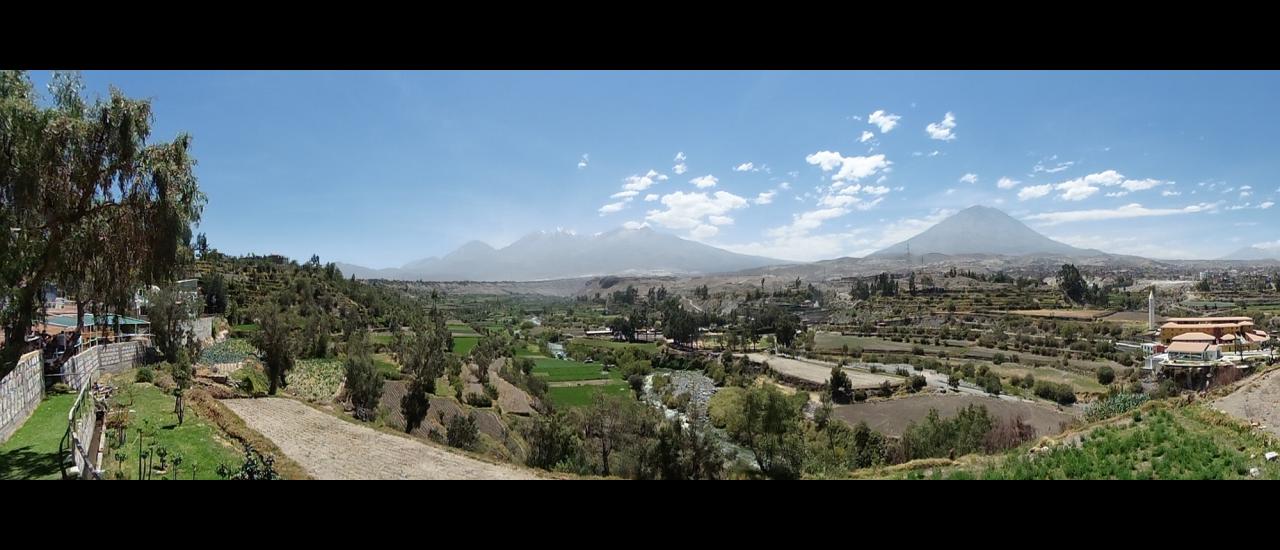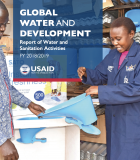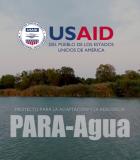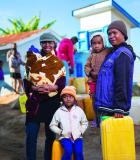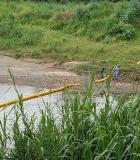In late 2016, much of South America’s Pacific coast experienced a severe drought that destroyed crops and impacted livestock. By the end of November, Bolivia had declared a state of emergency. Wildfires raged in Peru, and parts of Colombia were suffering from a lack of food and potable water. Relief finally came in January with the onset of the rainy season — only the rains didn’t stop. By April, massive floods had caused widespread destruction throughout the region. Peru experienced its worst flooding in decades. In Colombia, mudslides killed hundreds of people and displaced thousands of others.
Such extreme weather events are likely to become more frequent across Latin America and the Caribbean (LAC), as rising temperatures alter precipitation patterns, threaten agriculture, and disturb ecosystems. South America also faces the problem of rapidly melting glaciers that sit high up in the Andes Mountains. Glacial melt threatens a vital source of fresh water for drinking, agriculture, and hydropower for millions of people living in the communities downstream.


